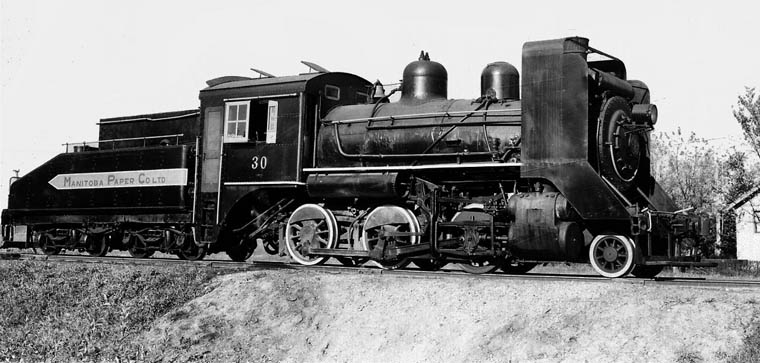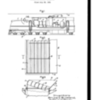There will be better explanations than mine, but as far as I knew, they were fitted to steam locomotives to help force the air to keep the smoke to the top and center of the locomotive, to keep excess smoke from getting into the crew's eyes.
Although the "ears" did tend to help crew visibility, the primary reason was to keep the exhaust smoke/gasses as far above the passenger train "slip stream vacuum" as possible so as NOT to be sucked into the passenger car ventilation and air conditioning systems, during high sped operations.
If there is no serious cross wind, I can attest that the "Wind Wings" on UP 844 work very well. Although not readily visible to the uninitiated, the "smoke lifting" arrangement on the Southern Pacific semi-streamlined GS Class Daylight locomotives, which was designed by the SP Mechanical Dept. and the Lima Locomotive Works Engineers, also works quite well at higher speeds.









